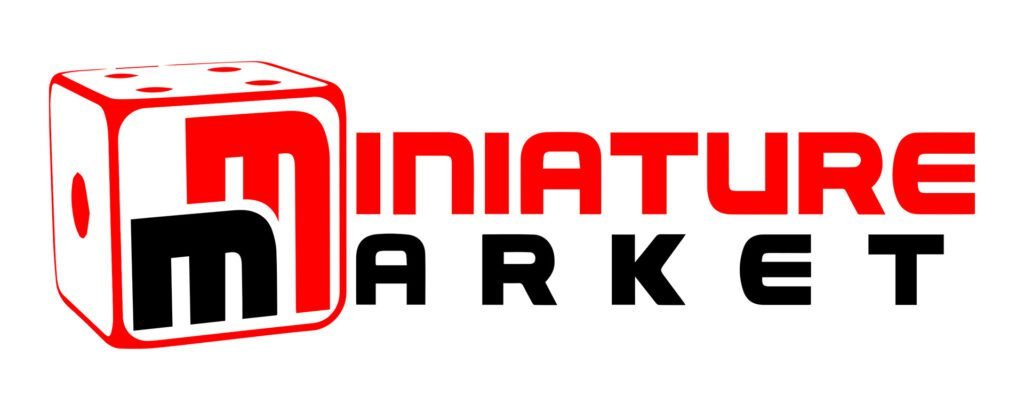
Today we’re diving into Bomb Busters, a cooperative deduction game, that has you & your friends working together to defuse a bomb by cutting wires without setting it off. But is it a blast, or does it fizzle out? Let’s break it down: what it is, the gameplay, components, the good, the bad, & the verdict. Let’s get into it.
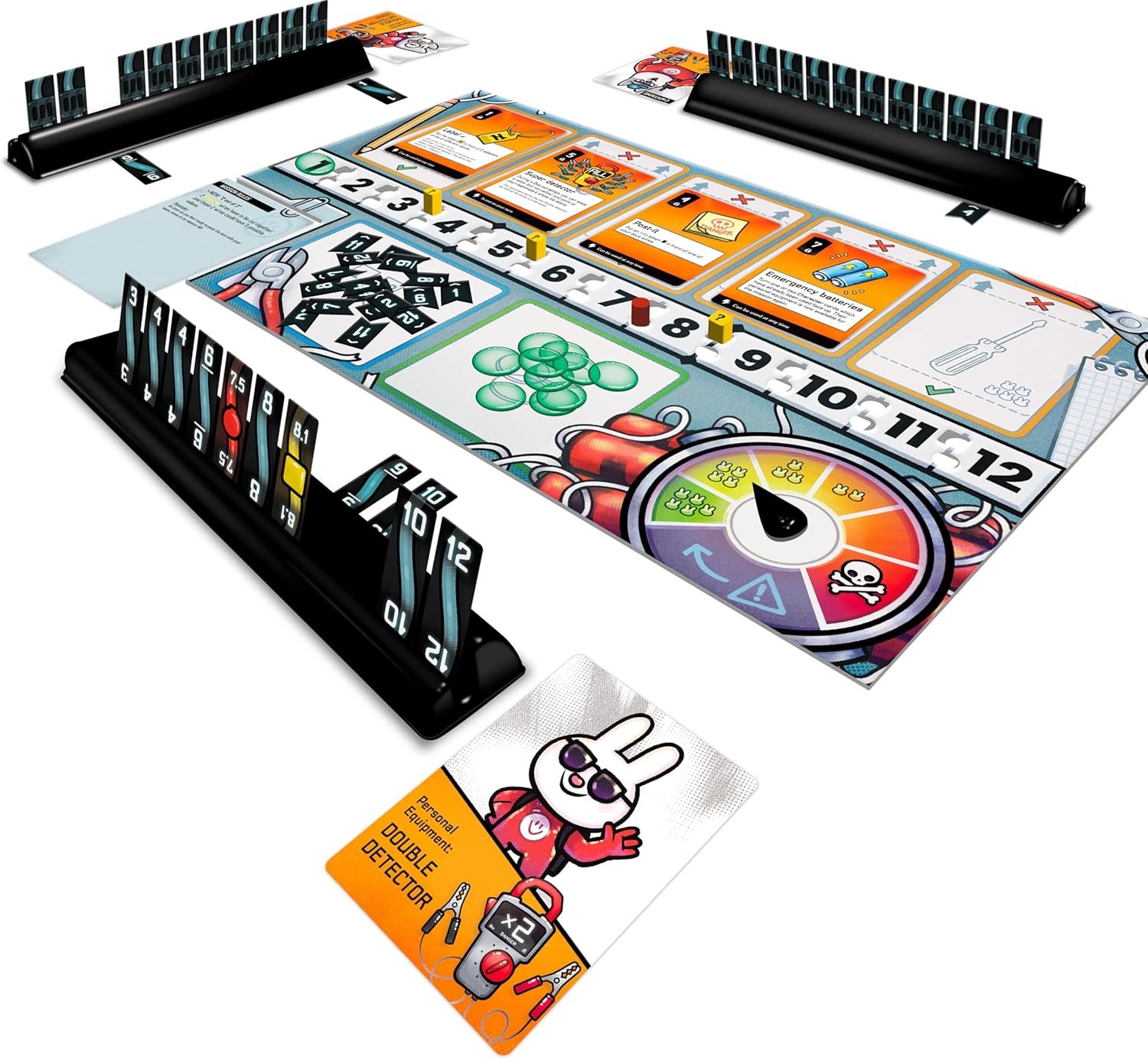
What It Is
Bomb Busters is a cooperative deduction game where players must work together to cut the correct wires to defuse a bomb before time runs out. Featuring 66 different missions, the game offers a range of escalating challenges that introduce new mechanics & twists as players progress. The basic premise revolves around identifying & cutting numbered wires, where blue ones are safe, yellow ones are risky, & red ones are deadly. With limited information-sharing between players, teamwork & logic are essential.
Designed by Hisashi Hayashi, Bomb Busters stands out for its innovative mechanics & tension-filled gameplay. From training scenarios to increasingly difficult missions, it builds up to a full bomb-defusing experience, making it a unique addition to the cooperative board game genre.
Check Out These Recent Board Game Sales
- Board Game Sale: Disney Villainous 25% Off!
- Board Game Sale: Marvel: Crisis Protocol Core Set 30% Off!
- Board Game Sale: 7 Wonders Available for 17% Off!
Gameplay Overview
In Bomb Busters, players work together to defuse a bomb by cutting wires. The wires are represented by numbered tiles, ranging from 1 to 12, in three colors: blue (safe), yellow (slightly dangerous), & red (extremely dangerous). The objective is to carefully identify & cut wires to prevent the bomb from detonating, while avoiding costly mistakes that could trigger disaster.
At the start of the game, players prepare the bomb based on specific mission requirements, mixing a combination of blue, yellow, & red wires. A typical mission setup might include all blue wires, along with a few yellow & red ones, creating varying levels of difficulty. Each player’s goal is to defuse as many wires as possible while ensuring the bomb’s timer doesn’t reach zero.
Each player receives a random assortment of wire tiles, which they must organize in ascending order on their personal stands. This arrangement is vital for gameplay, as it helps players track & deduce which wires they hold & which wires remain hidden across the team. Deduction is key, & strategic organization lays the groundwork for accurate guesses later in the game.
Before gameplay officially begins, players are allowed to share one crucial piece of information about their wires with the group. This limited sharing adds a cooperative element, but also introduces uncertainty. For example, a player might reveal that their third wire is numbered one, giving the team some insight while still leaving much to uncover.
The game unfolds in turns, with players attempting to defuse the bomb by identifying & cutting wires. To cut a blue wire, a player must correctly identify the number of another player’s wire & match it with one in their possession. Successful identification & cutting reveal both wires, removing them from play. However, incorrect guesses cause the bomb’s timer to tick down, bringing the team closer to failure.
Yellow wires present a unique challenge, as they can only be cut by the player who possesses them, & only if they correctly identify the wire as yellow. Red wires are even more dangerous—these wires cannot be actively cut. The only way to remove a red wire is if it’s the last remaining wire in a player’s possession or if all other wires of the same number have been revealed.
Adding to the complexity, players can access equipment cards that provide special abilities, but these cards only become available when specific numbered wires are successfully cut. Additionally, each player assumes the role of a character with a unique one-time-use ability, offering extra flexibility. For instance, the “double detector” allows a player to point at two wires & ask if either one matches a specific number.
The game’s difficulty increases with each mission, introducing new challenges & escalating tension. As players work through the missions, they must balance speed & caution, using deduction & careful communication to avoid dangerous errors. The game ends in victory if all wires are defused, but defeat looms if the bomb’s timer runs out or if a red wire is incorrectly cut.
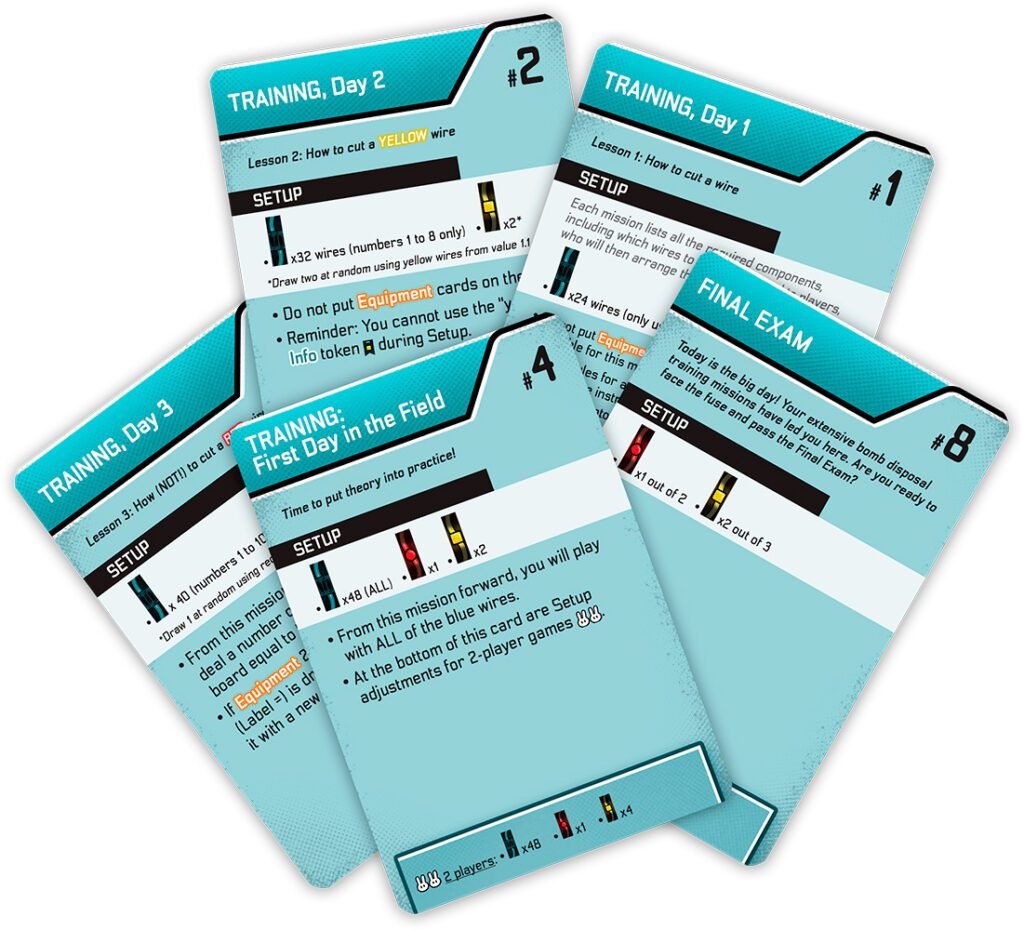
The Components
The game’s components are well done for the most part. The wire tiles are clear & easy to handle, though I did notice that after several games, they started to show a little wear. The equipment cards that unlock special abilities add a nice strategic layer, & the small box size makes it a portable game, which is always a plus. The artwork has a fun, almost cartoonish feel to it, which contrasts nicely with the bomb-defusing theme & makes it more family-friendly than you might expect.
The Good
The strongest aspect of “Bomb Busters” is how it keeps you on the edge of your seat. The deduction element combined with the limited communication means every decision feels like it has weight. There’s a constant sense of tension as you inch closer to defusing the bomb, & it makes for some incredibly satisfying moments when your team successfully cuts the right wire at the last second.
Another highlight is the replayability. With 66 missions, each introducing new twists, you won’t run out of fresh challenges anytime soon. The early missions ease you into the mechanics, & by the time you hit the mid-game, the added difficulty ensures that even experienced players won’t get bored. The gradual introduction of new elements also means the game scales well with player skill, keeping it interesting as you improve.
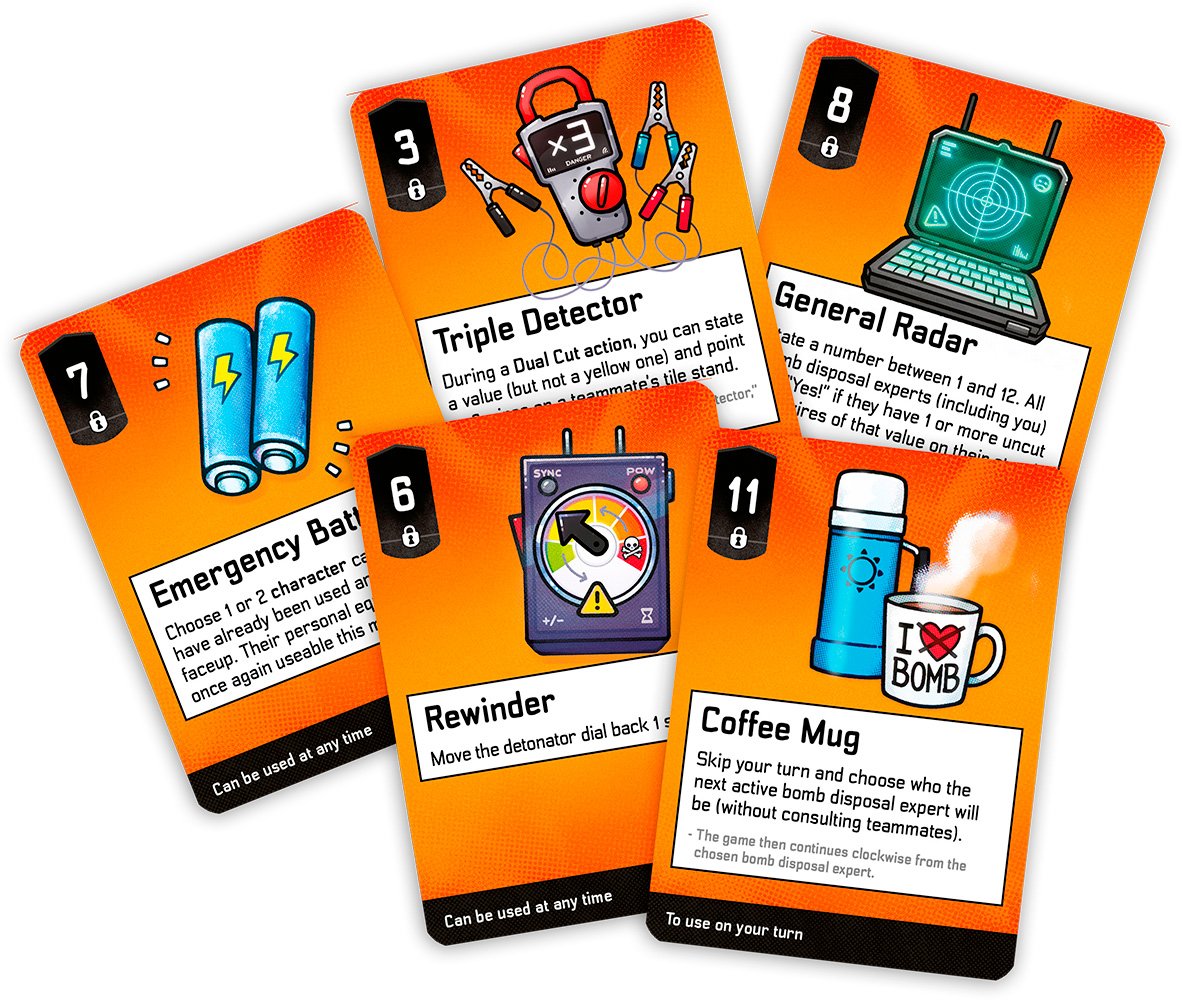
The Bad
While the game’s mechanics are solid, there are a few minor issues. First off, the durability of the components, especially the wire tiles, is a concern. After a few sessions, the wear & tear started to show, which is a bit disappointing for a game that relies heavily on these pieces. A little more attention to component quality would have gone a long way here.
Another thing worth mentioning is that the game works best with a dedicated group. While it’s definitely possible to teach new players quickly, “Bomb Busters” really shines when everyone’s on the same page & knows the mechanics well. With new players, there’s sometimes a bit of downtime as they figure things out, which can slow down the pacing of the game.
The Verdict
At the end of the day, “Bomb Busters” is a fantastic choice for anyone who enjoys deduction games & cooperative experiences. The combination of logic, communication, & teamwork creates a thrilling experience that will have you wanting to play mission after mission. The variety in the scenarios adds to the excitement, & each success feels hard-earned, making victory all the sweeter.
However, the game’s full potential is best realized with a group that’s already comfortable with the mechanics. If you’ve got that group, you’re in for a great time, but if not, expect a bit of a learning curve. The component quality is also something to watch out for—while the gameplay is top-notch, the physical game pieces could have been more durable for long-term use.
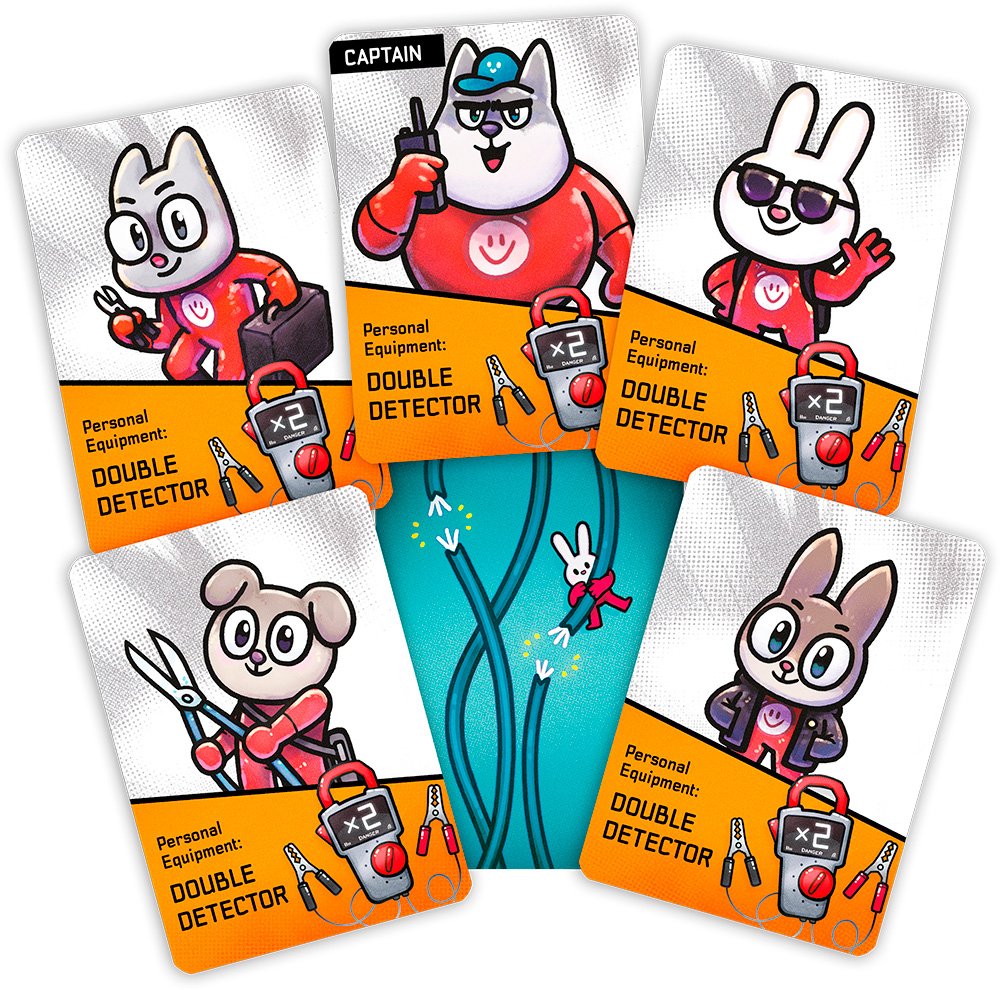
Final Thoughts
When it comes to Bomb Busters, I really didn’t know what to expect at first, but it ended up being one of those games that pulls you in more & more with each play. The premise is simple—you’re defusing a bomb by cutting wires—but the tension & puzzle-solving make it far more engaging than you’d initially think. Every time we played, there was this constant mix of stress & excitement, but in the best way possible. It felt like we were constantly balancing on the edge of disaster, & that’s what kept the game fresh.
What really hooked me is how much Bomb Busters leans into its deduction mechanics. The limited information-sharing between players adds a real challenge, forcing you to trust your gut & your teammates, & it leads to some fun, tense moments. I liked how every wire we cut felt like a calculated risk, & even when we made mistakes, the game still kept us coming back. It’s the type of game where, as soon as you lose, everyone wants to try again right away to see if they can figure it out next time.
One of my favorite parts is how Bomb Busters keeps things unpredictable with its mission structure. There are 66 missions, & just when you think you’ve got the game figured out, a new rule or twist gets thrown in to keep you on your toes. The progression is great—it’s challenging, but not overwhelming, & it always felt like we were discovering something new. It’s the kind of game where you never feel like you’ve fully mastered it, & that’s what keeps it exciting.
That said, one downside we noticed is that it can take a little while to get everyone up to speed, especially in later missions. The game adds so many layers that, once you’re deep in it, newcomers can feel a bit lost. It’s definitely more fun when everyone’s comfortable with the mechanics & can focus on the actual strategy instead of trying to remember the rules. That’s not a deal-breaker, but it’s something to keep in mind if your group rotates players often.
Another aspect I really appreciated was the equipment system. It’s not just about blindly cutting wires—you unlock special abilities as you go, & using those at just the right moment can really swing the game in your favor. It added an extra layer of strategy that made it feel like more than just a simple deduction game. There’s this satisfying moment when everything clicks & you pull off a perfect round, & that made it all the more rewarding.
In the end, I’d say Bomb Busters is a solid hit if you’re into deduction or cooperative games. It’s a game that doesn’t take itself too seriously with the theme, but it still manages to deliver a nail-biting experience. The missions keep it fresh, the mechanics are clever, & there’s something about cutting that last wire that just never gets old. If you’ve got a group that enjoys games where everyone needs to put their heads together, this one’s definitely worth adding to the rotation.
Purchase Options

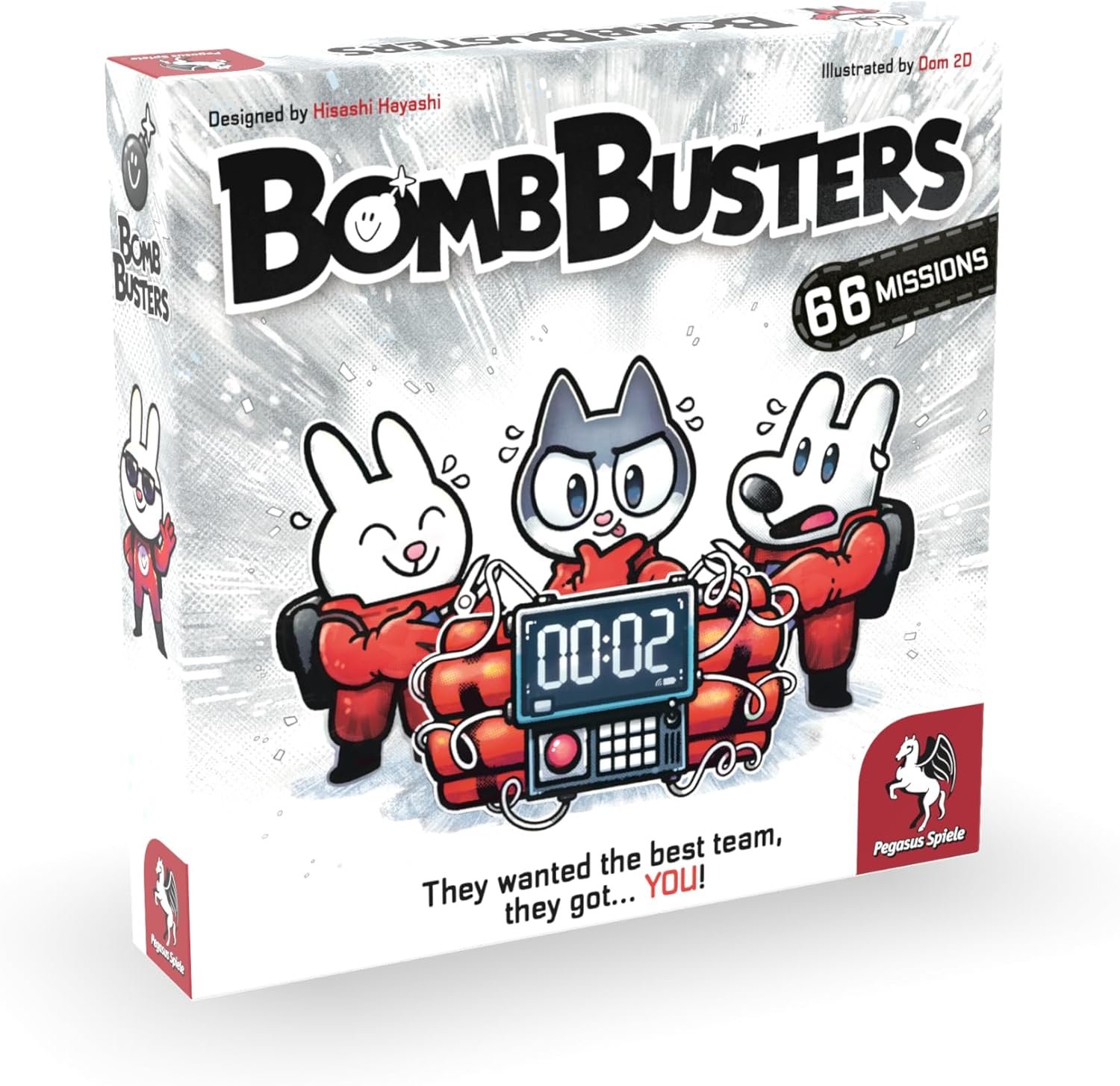
At no extra cost to you, The Board Game Site may receive revenue from affiliate and advertising partnerships for sharing this content and from purchases through links.



